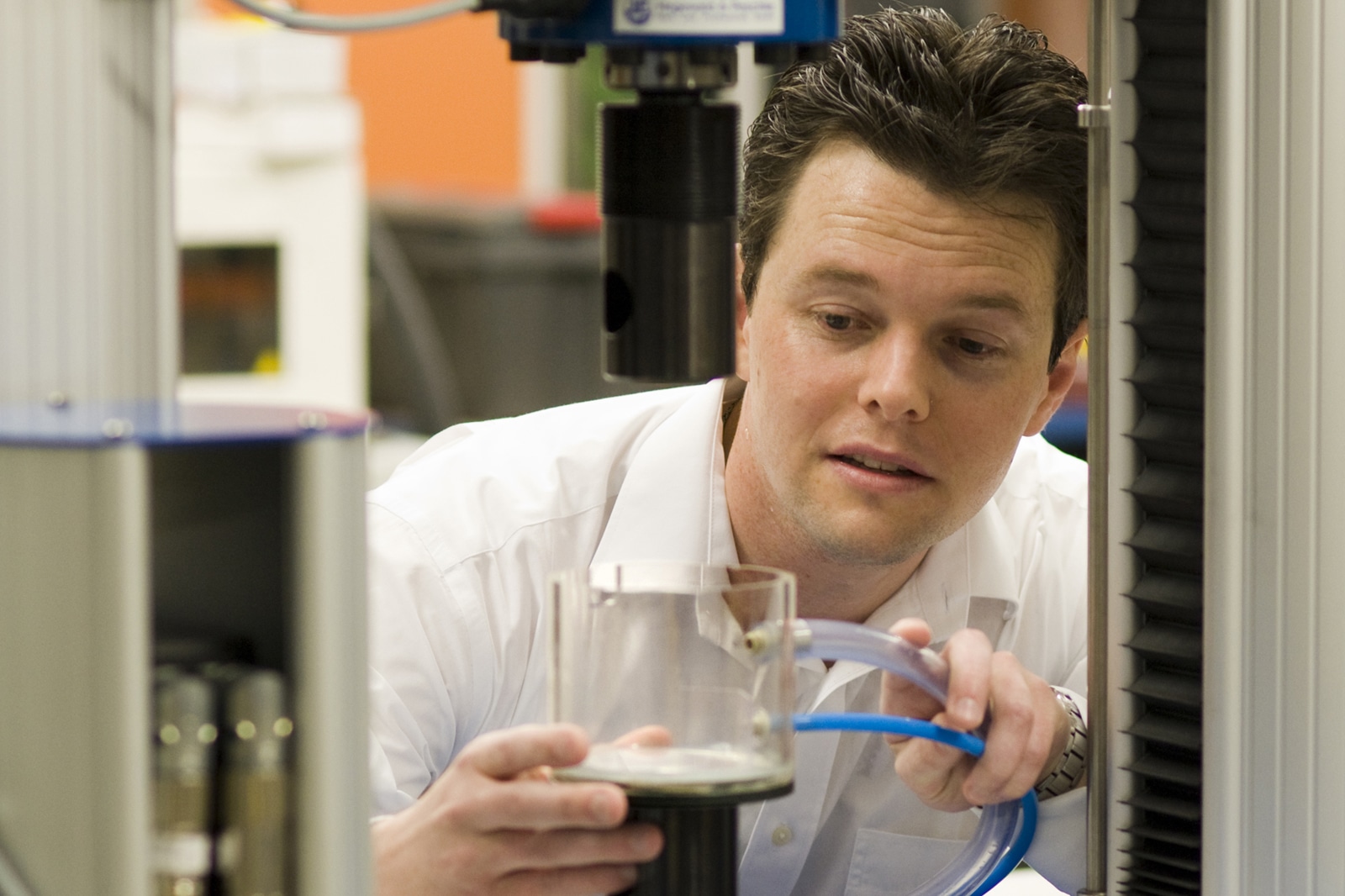A hydrogen turbocharger fuels the vision for the development of the dream car powered by a powerful fuel that enables traveling at greater speeds than ever before. However, components in the car engine and other industrial equipment may break and collapse due to hydrogen seepage

In the energy and transportation sectors, hydrogen is regarded as the ultimate alternative to fossil fuel raw materials for energy production, such as coal, oil and natural gas. However, for metals such as steel, aluminum and magnesium - which are the most common metals in engine and energy technologies - hydrogen is not that perfect. It may make these metals brittle so that the flexibility of the metals is reduced and their durability is actually destroyed. This result may cause parts and components in the system to fail. Besides the fuel tank itself, and parts of the fuel compartment, other normal components, such as the bearings, can also be damaged. These are found not only in cars, but also in almost all industrial machinery. This lightest chemical element permeates into the raw materials of which the vehicle is composed not only during the filling of the fuel tank, but also during the manufacturing processes. Hydrogen is able to penetrate the metal lattice through corrosion, or during the plating of the vehicle parts with chrome. Hydrogen seepage may similarly occur during welding, grinding or pressing processes.
The result is always the same: the material may break or tear without warning. As a result, expensive repairs must be made. In order to prevent cracks and fractures in the future, the researchers from the Fraunhofer Institute for Materials Engineering (IWM) at the University of Freiburg in Germany are studying the issue of hydrogen-induced brittleness. Their goal is to find materials and production processes suitable for the presence of hydrogen.
"Using our special laboratory, we examine how and at what rate hydrogen permeates the metal. We are able to identify the points where the element accumulates within the material, and the points where it does not," says Nicholas Winzer, a researcher at the institute.
Since the risk potential mainly stems from the diffuse and moving part of the hydrogen, it is necessary to separate this part from the rest of the hydrogen content. The researchers are able to simultaneously release and measure the mobile part of the hydrogen through heat treatment, as the samples undergo continuous heating. In addition, they are able to measure the rate of hydrogen penetration into the metal while exerting mechanical pressure on the material samples. This way they are able to determine how the metal behaves when the pressure on it increases.
"In industry, metallic components should be able to withstand the forces of temperature, mechanical pressure and hydrogen. With our equipment we are able to provide the required analytical methods," the researcher explains the special characteristics of simultaneous tests.
The researchers used the findings from the laboratory experiments for computer simulations, with the help of which they calculate the degree of brittleness of the metal following hydrogen penetration. Thus, they manage to run atomic and microscopic simulations to examine the interrelationships between hydrogen and metal, both at the atomic level and at the macroscopic level.
"Thanks to the combination of laboratory equipment and imaging tools, we discovered which materials are suitable for hydrogen, and how the production processes can be improved. With the help of this knowledge, we are able to help companies from the industrial sector," explains the head of the institute's business unit."
The news from the university
